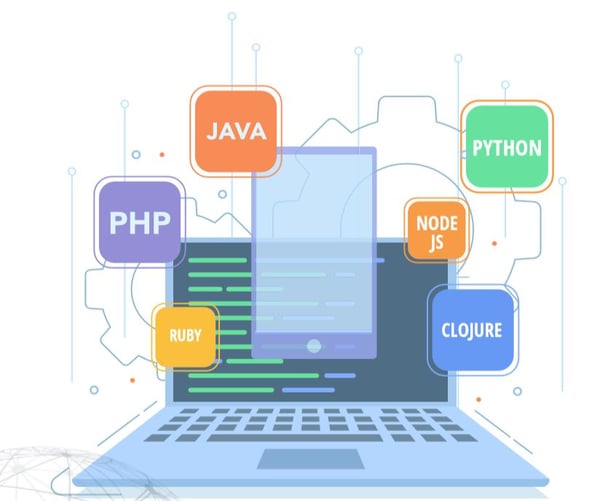Businesses are expecting chatbots to drive business results at minimal business costs. Moreover, consumers are using instant messaging more than any other online activity. This is a drastic difference in the consumer mindset and how they interact with businesses and brands. Because of this, implementing chatbots has never been more relevant than it is today. Building a chatbot requires following a definitive approach. Here are the 5 steps to consider in building a chatbot:
1. Deciding on Approach Matters The Most
Developing a chatbot for your business can feel like a daunting task. It doesn’t have to be! By following some of our expert’s best practices, you can develop and maintain a successful chatbot.
Based on the usability and context of business operations the architecture as well as elements involved in building a chatbot change dramatically. For example, you might ask a chatbot something and the chatbot replies to that. Maybe in mid-conversation, you leave the conversation, only to pick the conversation up later. Based on the type of chatbot you choose to build, the chatbot may or may not save the conversation history. So, based on client requirements we need to alter different elements; but the basic communication flow remains the same.
- Identify the problem that the chatbot is being created to solve, and make sure the bot can reliably solve the business problem.
- Identify what kind of chatbot architecture will help solve the problem.
- Decide if you want to develop the bot in-house (which can be time-consuming,) or hire a third-party company with experience in building chatbots to do the heavy lifting for you.
- Improve chatbots consistently via user feedback in the form of surveys taken after each chatbot interaction.
2. Chatbot Development Platforms
Here is a list of the most popular and proven chatbot development platforms:
3. Top Programming Languages for Chatbot Development
The most commonly used programming languages for chatbot development are:

4. Which Architecture to Use?
Choosing the correct architecture depends on what type of domain the chatbot will have. For narrow domains- such as booking an appointment with a dentist - a pattern matching architecture would be the ideal choice. However, for chatbots that deal with multiple domains or multiple services, broader domain is more appropriate. In these cases, sophisticated, state-of-the-art neural network architectures, such as Long Short-Term Memory (LSTMs) and Reinforcement Learning Agents are your best bet. Due to the varying nature of chatbot usage, the architecture will change upon the unique needs of the chatbot.
5. Designing your Chatbot
Deciding on the design of a chatbot is purely context oriented. The key aspects one should consider in designing a chatbot are:
- Do I need a text chatbot, voice chatbot or one with both capabilities?
- What data does that chatbot need access?
- What other platforms will the chatbot need to integrate with? (ServiceNow, social media, or other chat interfaces like slack or skype)
6. Deciding Text, Voice, or Both

Be it text or voice, both exhibit the same functionality with only slight differences. Deciding on text or voice or having both, is purely based on the use-case. Consider the use case of field services. Field service professionals who are on the move and might not have time to type out a question. In this case, voice adds value, as they can ask a question directly to a device and get the info they need.
However, most messaging applications on the market don’t support voice conversations. It’s also important to note younger workers prefer text chat over voice. In this case, it’s better to have a text-based chatbot. Another item to consider when deciding on voice chatbots is how many different accents or slang terms employees have if the company is a multi-national or even multi-regional company. These voice assistants may not be able to understand the inputs and moreover, programming voice with all accents is a very difficult task.
(Explore why Voice is the key business strategy to watch out and what makes it so prominent)
What Data Needs to be Accessed
To decide what data needs to be accessed a business will need to identify what the frequently asked questions or reoccurring problems are. Based on this assessment, decide on a list of features to add in the chatbot. This data will be key for the design team to know which features add the most value. Expand other features in frequent iterations. In each iteration the chatbot developments should be tested with the actual users or test group, then get feedback and perfect it and move on.
















